
Amidst talk of rising home sales, one point often goes unmentioned: the issue of our nation’s low inventory of available housing. Mind you, it is not the case in every market. However, home shortages do exist in many major metro areas throughout the U.S.
A recent online story on Money magazine’s site noted that a large crop of Millennials, you know, those adult children of the Baby Boomer generation-are poised and ready to become homeowners. The problem, according to Money, is that homebuilders are still behind because of the tighter guidelines that were placed on lending after the financial crisis. Data from the real estate analytics and sales site Zillow, revealed that the inventory of available properties is 9 percent lower than it was last year. The National Association of Realtors’ chief economist, Lawrence Yun, observed, “We’re seeing low inventory in places not usually associated with housing shortages-places like Nashville, Raleigh and even Kansas City.”
Of course, demand generates higher prices, which has been confirmed by the Case-Shiller 20-city index. According to Case-Shiller’s information, in 2015 home values crept up by 5.7 percent. Housing market analysts and economists predict that through the remainder of 2016, home prices will rise another 4 to 5 percent.
As we speed towards the home stretch of this decade, many are speculating where home prices will stand by the year 2020. Economists from Moody’s Analytics provided the editors at Money with their predictions.
Dallas
2015 was huge for the Dallas-Ft. Worth housing market. Several of the area’s saw huge gains in prices as well, including Oak Cliff and Ellis County. As reported by the Dallas Morning News, home price data from the Real Estate Center at Texas A&M University tracked a surge in the demand for affordable housing, especially in neighborhoods throughout Southeast Dallas, Cedar Hill and Kaufman Counties. Demand is still high which is why Moody’s analysts forecast a 3.5 percent rise in prices over the course of 2016. Sales for existing homes in the Dallas metro communities rose in 2015 by 12 to 20 percent. Rapid job growth and a booming economy are likely what is elevating the demand for single-family homes. The Dallas Morning News reported that, “More than 62,000 pre-owned single-family homes were sold by real estate agents last year in the Dallas area, which marks an all-time high number for property purchases.”
However, for the next five years, the Dallas market is expected to cool a bit. Forecasters project that by 2020, the rate of increase for home prices will level off to under 3 percent. This is attributed to the idea that the metro area’s growing rate of new construction in outlying areas will decrease the current high rate of demand.
Houston
In spite of its very diverse economy, the Houston housing market is being adversely impacted by low oil prices. It appears to be the higher end home sales that are the most sluggish. Analysts are remaining hopeful, however, as new banking, energy, manufacturing, aeronautics, and healthcare interests move their operations to “Space City”. In fact, Houston is just behind New York City in terms of how many Fortune 500 firms have headquarters there. Analysts predict that Houston’s housing market will hang tough through the close of 2016 and then expect home prices to dip in 2017. Looking ahead, 2018 is expected to remain flat, however, by 2020 Houston’s affordable prices for existing and new homes (predicted to elevate to 2.5+ percent), continuing high demand and plenty of new construction should have it back on solid ground.

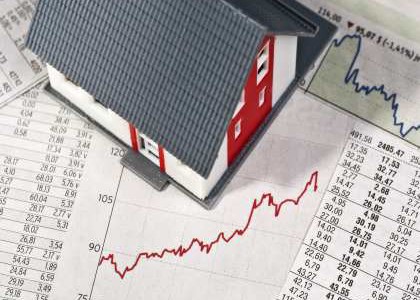




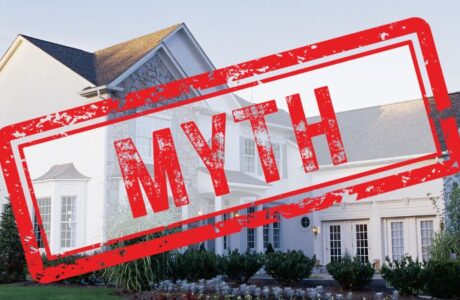














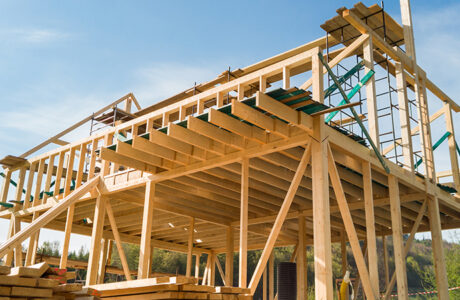



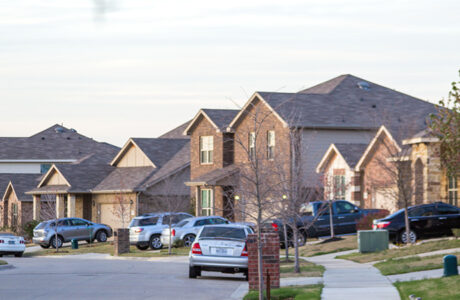









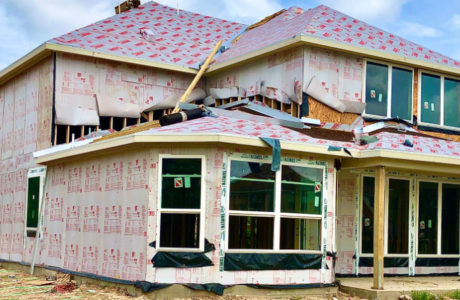





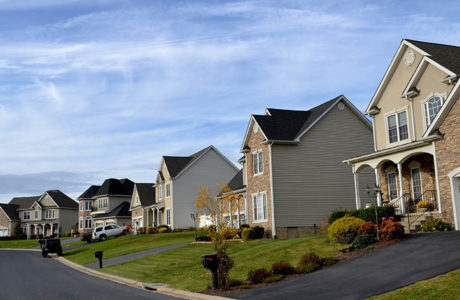








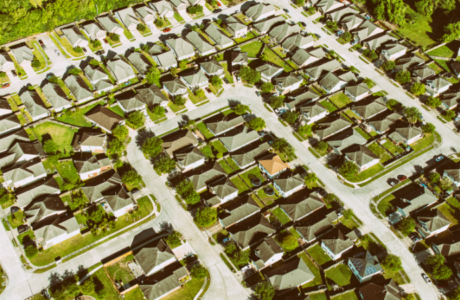
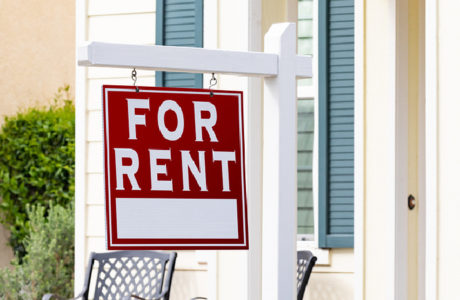











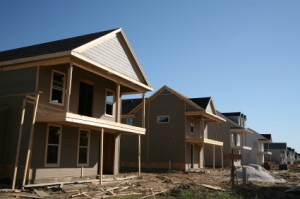
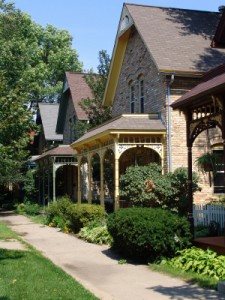




Comments are closed.